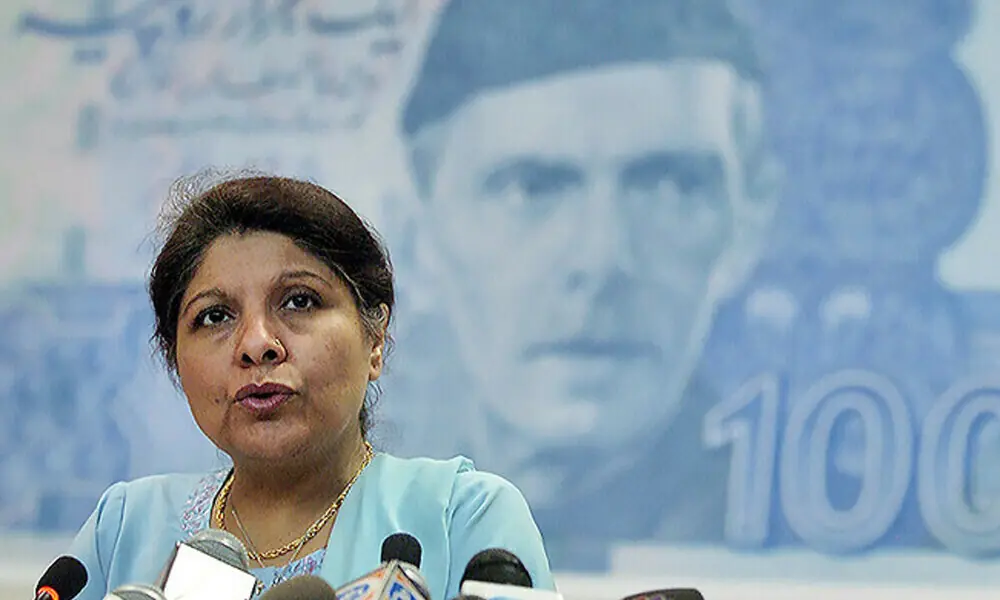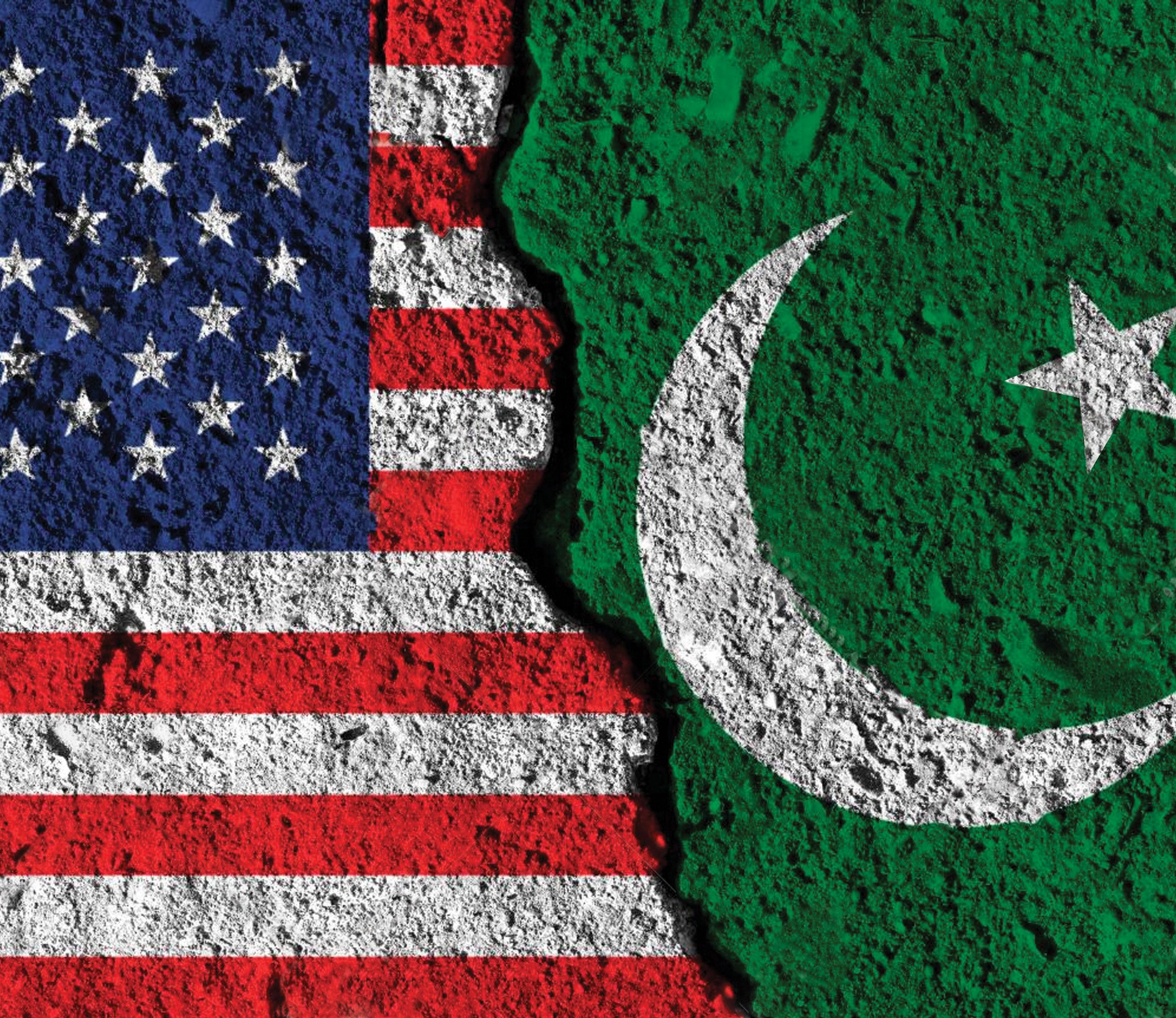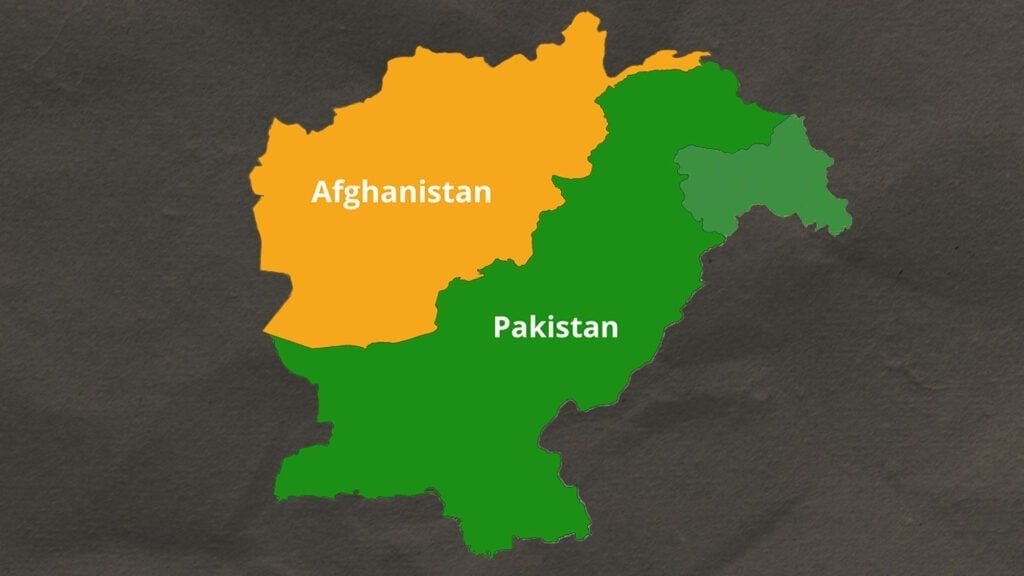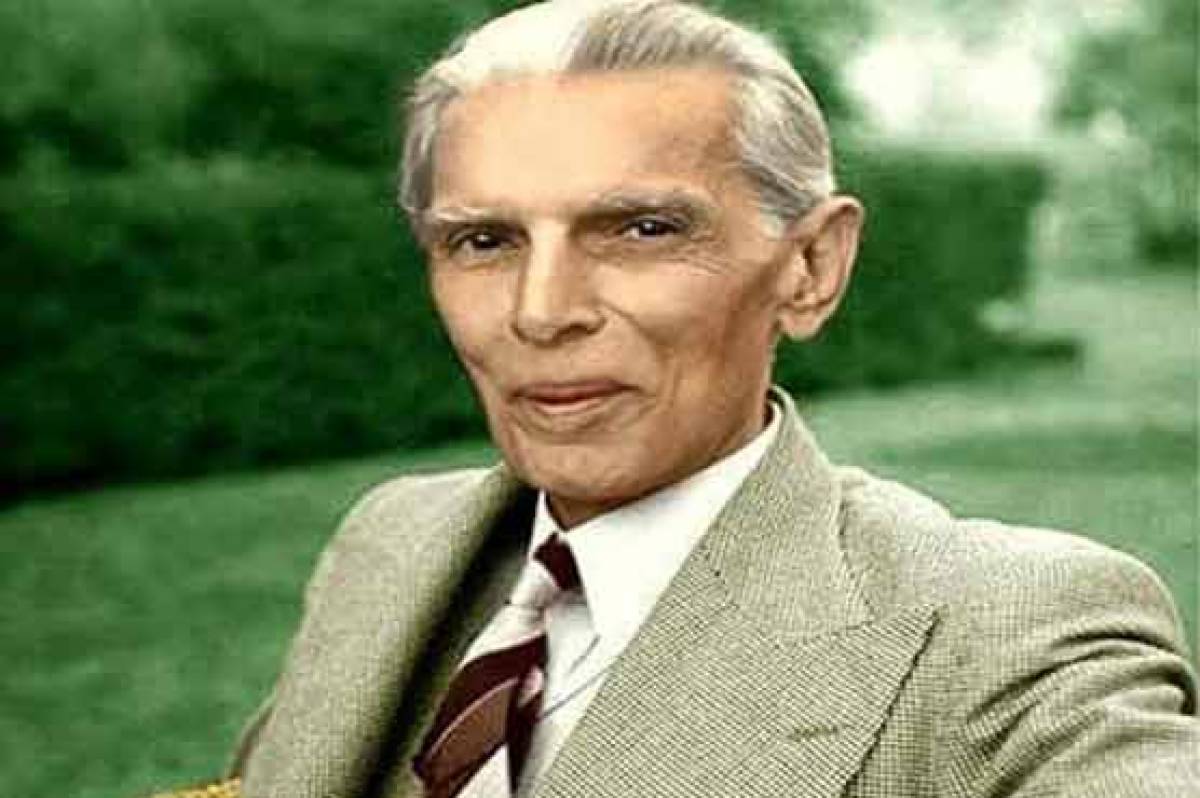Nausheen Rasheed
The gap between men’s and women’s salaries in Pakistan is not simply a matter of economic inequality—it’s a reflection of deeply entrenched social attitudes. According to a recent International Labour Organization report, Pakistan has the widest gender pay gap in South Asia. Viewing this solely as a labor market issue overlooks its far-reaching impact: this disparity undermines social balance, economic development, and the very principles of gender justice in the country.
A gender wage gap occurs when women receive lower pay than men for work of equal value. This has many causes: women are overrepresented in low-paying sectors, there is a lack of transparency in wage systems, and direct gender bias still exists. Yet, the most critical factor is the patriarchal mindset that treats women as second-class citizens.
It is an established fact that when women are given equal opportunities, they become key drivers of a nation’s progress. Many countries have harnessed women’s economic participation as a catalyst for growth. In a country like Pakistan—where nearly half the population is female—excluding women from the economy limits not just individual potential, but the entire nation’s prosperity.
According to the report, as of 2021, about 80% of men in Pakistan were employed compared to only 23% of women. These aren’t just statistics; they point to a stark lack of equal opportunities for women. Even when women do secure jobs, they rarely enjoy the same pay, chances for promotion, training, or leadership as their male counterparts. In sectors like agriculture and the informal economy, large numbers of women work without any pay at all.
It’s important to recognize that women are expected to shoulder not just their professional duties, but also the responsibilities of caring for children, the elderly, and other family members. When their financial contributions are undervalued, it doubles the injustice. This not only stifles women’s personal growth, but also negatively impacts their families and future generations.
It’s ironic that every year, International Women’s Day is celebrated with great enthusiasm in Pakistan, but the next day, those same women return to farms, factories, or households where their labor is underpaid—or unpaid altogether. Seminars and resolutions rarely translate into real change in their everyday lives.
The responsibility to close the gender wage gap doesn’t fall solely on the state. Employers, lawmakers, the media, and women’s organizations all have a role to play. Employers should review their wage policies and ensure women are not confined to low-paying sectors. Female legislators must go beyond symbolic participation, championing laws that endorse global conventions and ensure gender equality.
The media can also reshape societal attitudes by changing the narratives portrayed in dramas and advertisements. As long as men are consistently shown as bosses and women as subordinates, mindsets will not change. Social transformation begins with representation, and the media must rise to this challenge.
Ultimately, the gender pay gap is not a problem for one group or sector—it is a barrier that stands between Pakistan and the ranks of developed nations. This wall must be torn down—not just with words, but with action, legislation, institutional reforms, and, most importantly, a change in societal thinking.
It’s time for Pakistan to reshape its economy and society in a way that not only grants women equality, but empowers them to realize their full potential. Otherwise, we’ll remain stuck in a cycle of reading reports and watching generations of women’s sacrifices go unrewarded.















